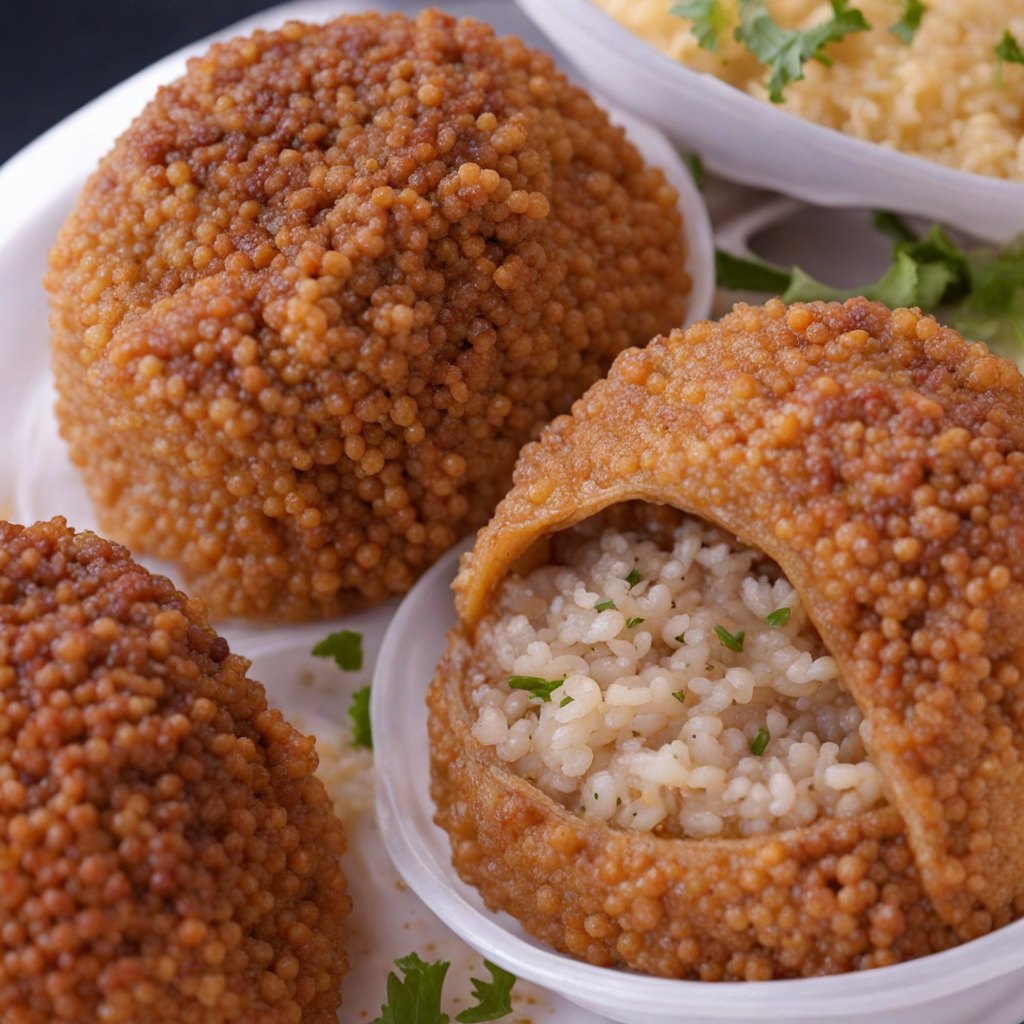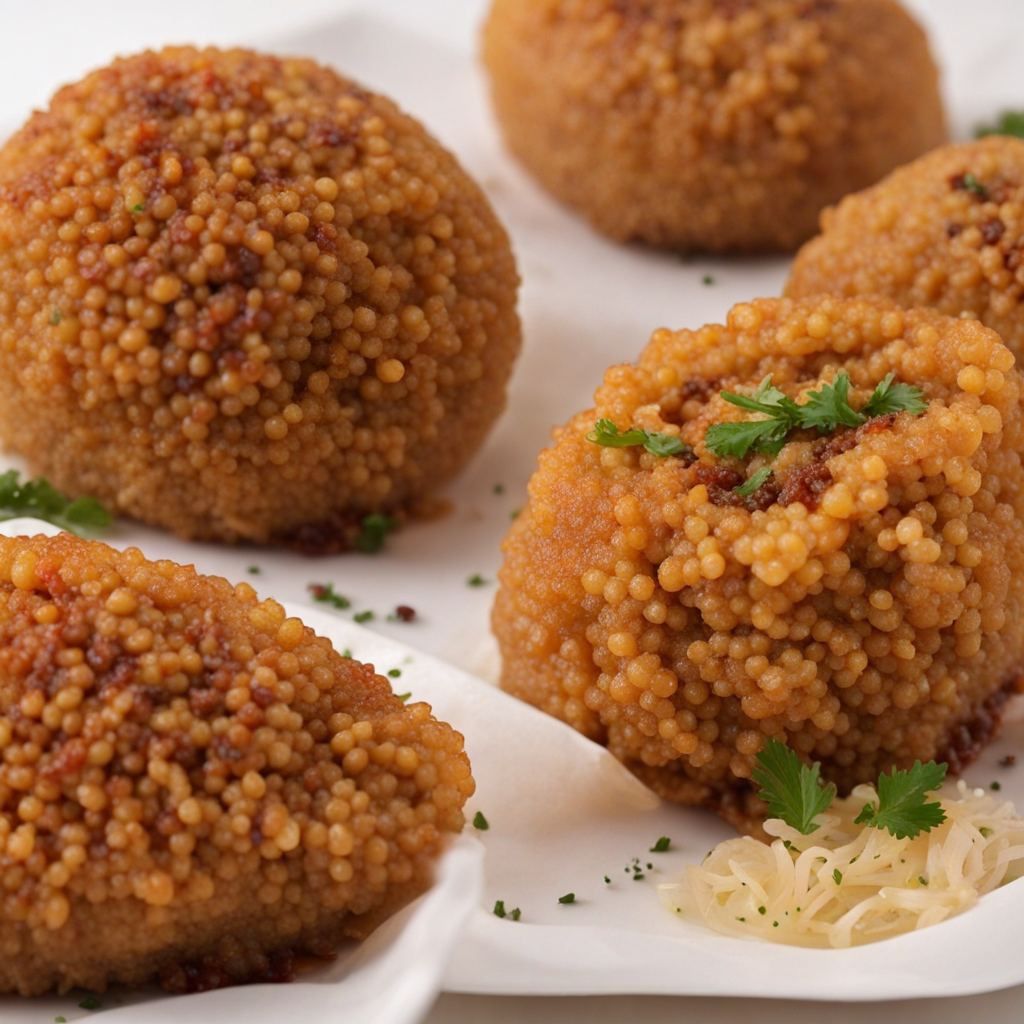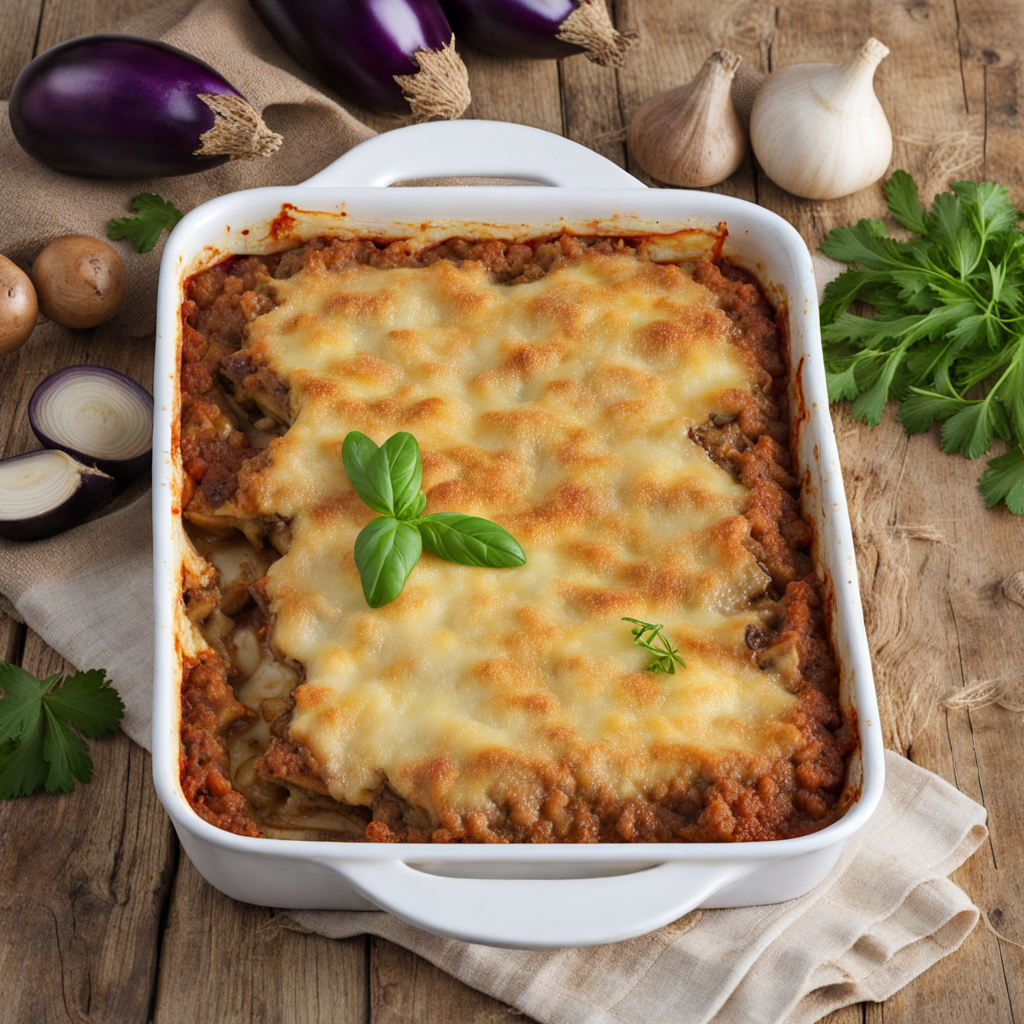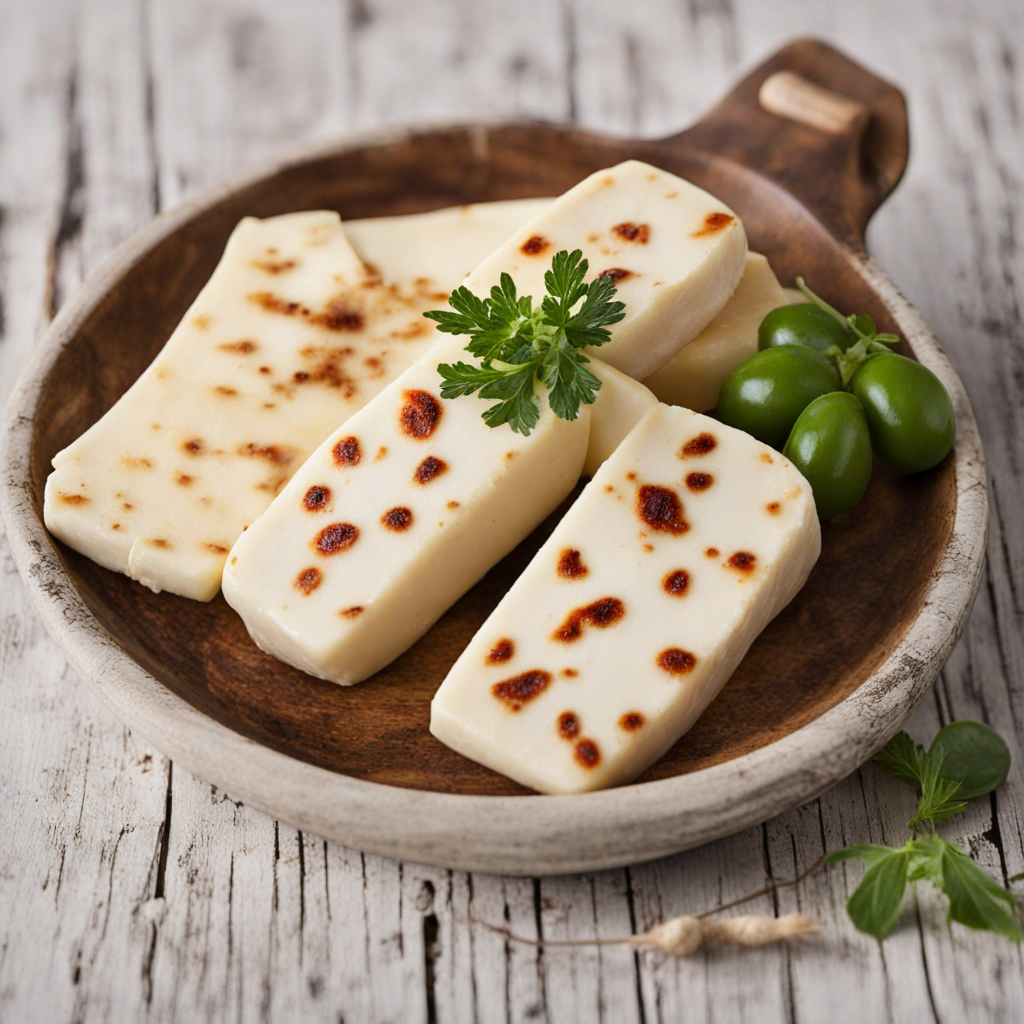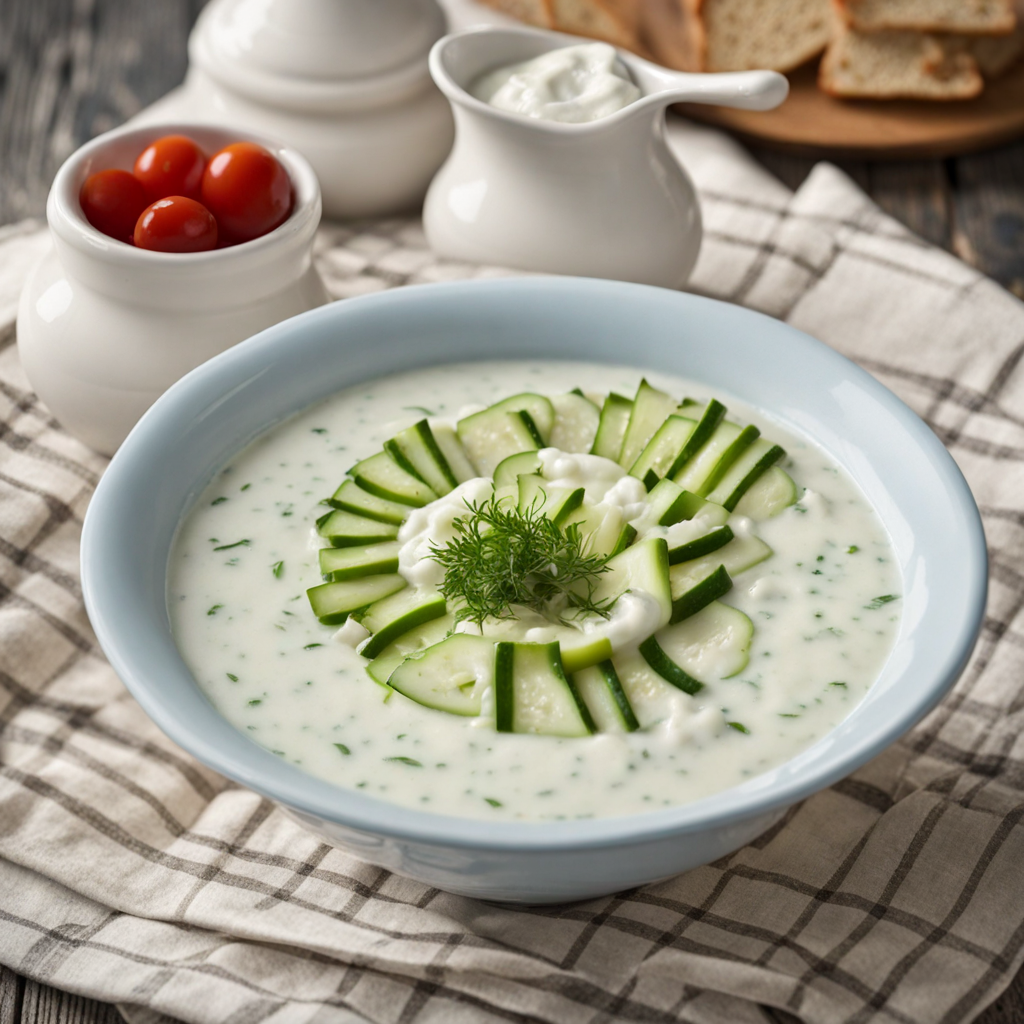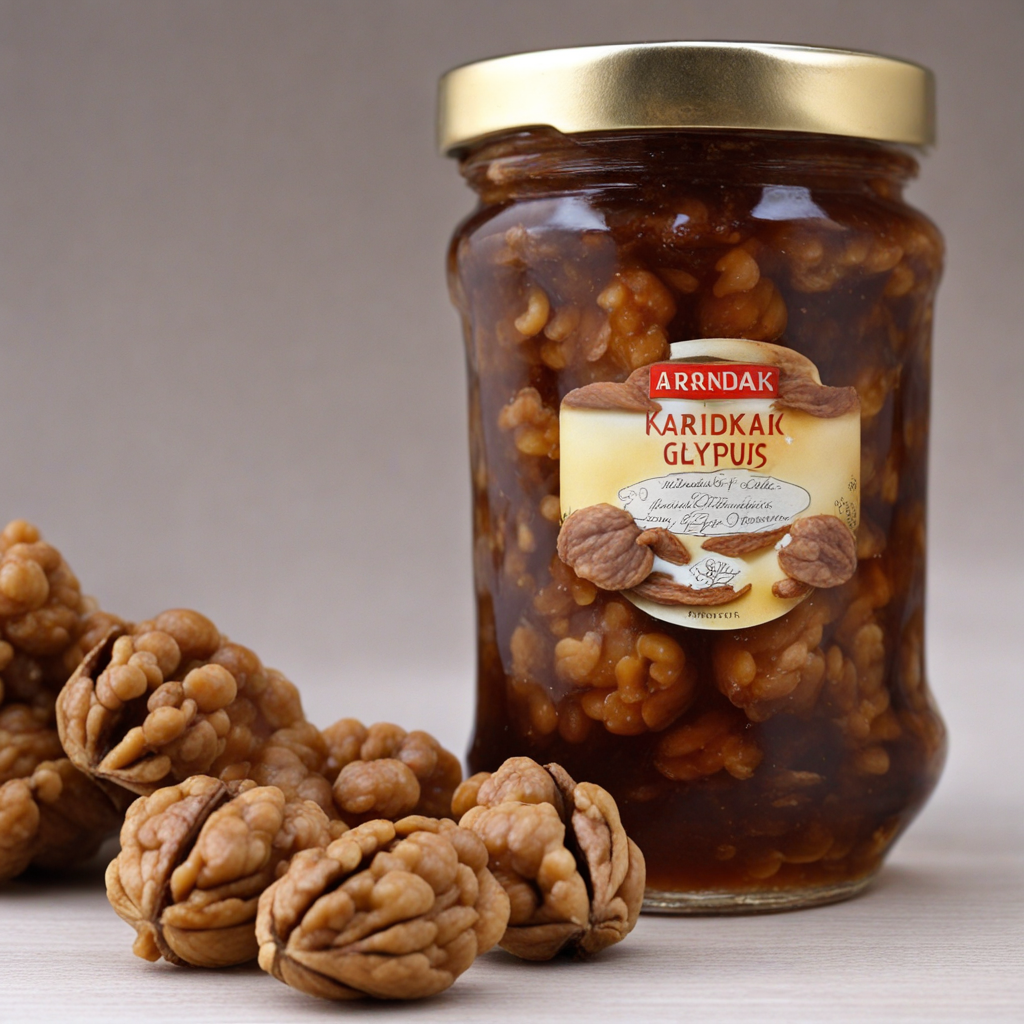Koupes
Koupes are a delightful traditional Cypriot dish that showcases the rich flavors and culinary heritage of Cyprus. These savory pastries are made from a unique dough that is typically prepared with a combination of flour, water, and a hint of salt, which creates a soft yet slightly chewy texture. The dough is then filled with a delicious mixture of minced pork or lamb, finely chopped onions, and an array of spices such as coriander, cumin, and pepper. This filling not only adds depth and warmth to the flavor profile but also embodies the essence of Cypriot cuisine, which is known for its use of fresh, local ingredients. Once filled, Koupes are deep-fried until they achieve a beautiful golden-brown color, resulting in a crispy exterior that contrasts perfectly with the succulent and flavorful filling inside. The frying process enhances the savory notes while keeping the moisture locked within the pastry, making each bite an explosion of taste. Often enjoyed as a snack or appetizer, Koupes can be served with a side of tangy yogurt or a refreshing salad, making them a versatile option for any meal. The experience of tasting Koupes goes beyond just flavor; it embodies the warmth and hospitality of Cypriot culture. These pastries are commonly enjoyed during family gatherings, celebrations, and local festivals, making them a beloved comfort food among Cypriots. Each bite offers a sense of nostalgia, connecting diners to the traditions of Cyprus while inviting them to savor a unique taste that reflects the island's diverse culinary landscape.
How It Became This Dish
The History of Κουπές: A Culinary Treasure of Cyprus #### Origins Κουπές, pronounced "koop-es," are a traditional Cypriot dish that embodies the rich tapestry of the island's history and culture. The dish is essentially a type of stuffed vegetable, typically made with bulgur wheat, minced meat, and a variety of spices, all encased in a hollowed-out vegetable such as zucchini or peppers. The roots of κουπές can be traced back to the Middle Ages, a time when Cyprus was a melting pot of cultures due to its strategic location in the Eastern Mediterranean. The island was influenced by a variety of civilizations, including the Byzantines, Crusaders, and Ottomans, each leaving their culinary mark. The use of bulgur wheat, for instance, can be linked to the Middle Eastern culinary traditions brought to Cyprus by Arab traders. Historically, bulgur was favored for its nutritional value and ease of preparation, making it a staple in the diets of many Mediterranean societies. #### Cultural Significance Κουπές is more than just a dish; it’s a reflection of Cypriot identity and hospitality. In Cypriot culture, food is an integral part of social life, often serving as a means of bringing people together. The preparation of κουπές is typically a communal activity; family members gather to hollow out vegetables and mix stuffing, creating a sense of unity and shared purpose. This communal aspect mirrors the island’s tradition of hospitality (φιλοξενία), where sharing food is seen as a gesture of friendship and warmth. Moreover, κουπές are often prepared during special occasions and festive gatherings, such as weddings, religious holidays, and family celebrations, symbolizing abundance and goodwill. The act of making κουπές can also be a way to pass down culinary traditions from one generation to the next, preserving the recipes and techniques that define Cypriot cuisine. #### Development Over Time As time progressed, κουπές evolved, reflecting changes in agricultural practices, migration patterns, and socio-economic conditions. In the early 20th century, the dish gained popularity among both rural and urban populations. The rise of commercial agriculture led to an increase in the availability of fresh vegetables, making it easier for families to source ingredients for their meals. The post-World War II era brought significant changes to Cyprus, particularly in terms of food production and consumption. As urbanization increased and people moved to cities for work, traditional dishes like κουπές adapted to fit the modern lifestyle. Convenience became key; pre-packaged ingredients and ready-made options emerged, allowing busy families to enjoy traditional flavors without the lengthy preparation time. Despite these changes, the essence of κουπές remained intact. Today, many Cypriots still cherish the traditional method of making κουπές, often seeking out local markets for the freshest produce. The resurgence of interest in home-cooked meals and traditional recipes in the 21st century has further cemented the dish’s place in modern Cypriot cuisine. #### Ingredients and Preparation The ingredients used in κουπές can vary widely, reflecting the seasonal availability of produce and regional preferences. The most common stuffing consists of finely minced lamb or beef, mixed with bulgur wheat, onions, tomatoes, and a medley of herbs and spices, including mint, parsley, and allspice. This combination not only creates a flavorful filling but also showcases the island’s agricultural bounty. To prepare κουπές, the chosen vegetables are first hollowed out to create a vessel for the stuffing. The mixture is then carefully packed into the vegetables, which are often topped with a drizzle of olive oil and a sprinkle of spices before being baked. The result is a dish that is both visually appealing and deeply satisfying, with a delightful interplay of flavors and textures. #### Modern Interpretations In recent years, chefs and home cooks have begun to experiment with κουπές, giving the traditional dish a modern twist. Variations now include vegetarian options, featuring ingredients like lentils, chickpeas, or quinoa in place of meat. Additionally, international influences have inspired new flavor profiles, with the incorporation of ingredients such as feta cheese, sun-dried tomatoes, and even exotic spices like saffron. Restaurants and culinary schools in Cyprus are also embracing κουπές, offering cooking classes and workshops that teach both locals and tourists how to prepare this beloved dish. These experiences not only preserve the culinary heritage of Cyprus but also promote cultural exchange and appreciation. #### Conclusion Κουπές is a dish that embodies the spirit of Cyprus—its history, its people, and its vibrant culture. From its origins as a simple peasant food to its status as a cherished culinary tradition, κουπές have evolved alongside the island itself. They serve as a reminder of the importance of family, community, and sharing, encapsulating the essence of Cypriot hospitality. As we look to the future, the enduring popularity of κουπές suggests that this dish will continue to be a beloved part of Cypriot cuisine. Whether enjoyed at a family gathering or in a bustling restaurant, κουπές will always hold a special place in the hearts and homes of the people of Cyprus, a delicious testament to their rich culinary heritage. Through every bite, one can taste the history, culture, and love that have shaped this iconic dish over centuries.
You may like
Discover local flavors from Cyprus


